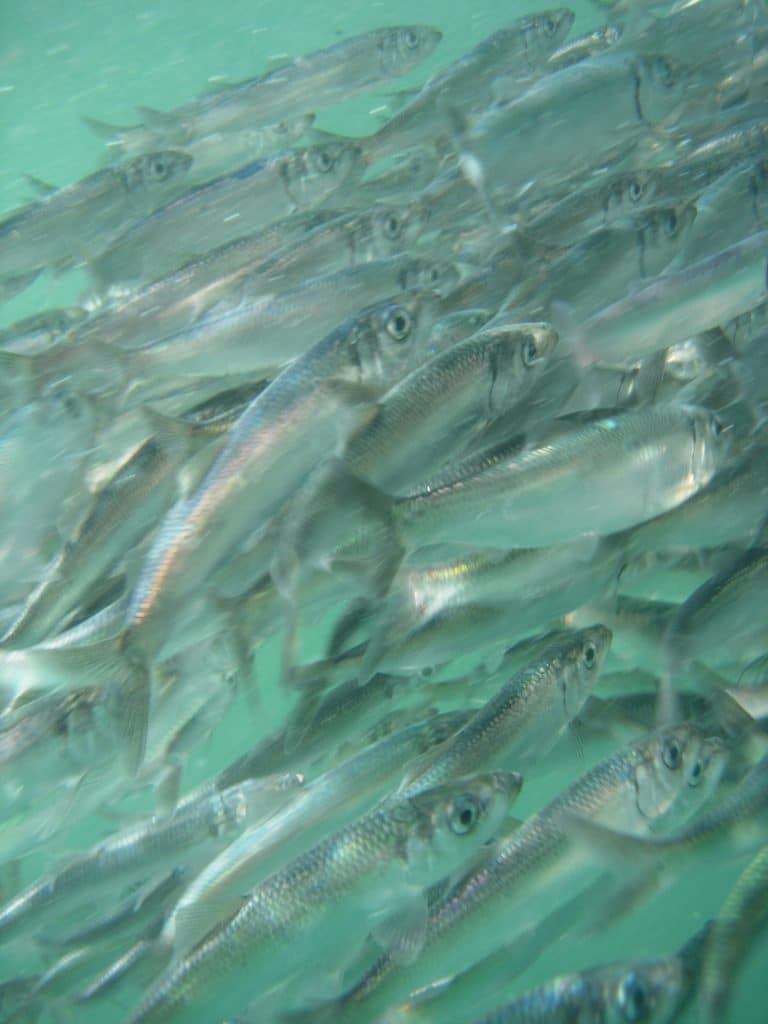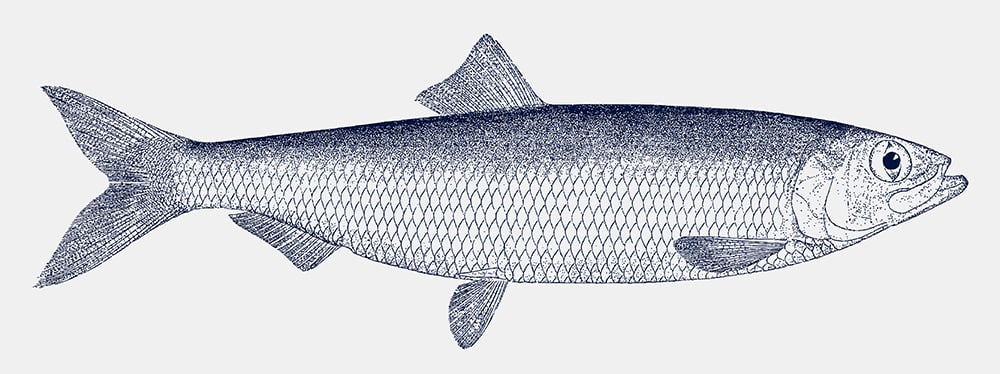A disease ecologist at Northern Arizona University is part of an interdisciplinary team that will study the effects of increasing ocean temperatures on the established dynamics between marine pathogens and their hosts—specifically the Pacific herring, an important food source in marine ecosystems along the west coast of North America.
The five-year project, funded by a $2.9 million grant from the National Science Foundation Ecology and Evolution of Infectious Disease (NSF EEID) Program, is led by Nathan Wolf, a physiologist at Alaska Pacific University, in partnership with the USGS Western Fisheries Research Center and Joseph Mihaljevic, an assistant professor in the School of Informatics, Computing, and Cyber Systems and an affiliate of the Pathogen and Microbiome Institute at NAU. The team will use mathematical models, laboratory experiments and field-collected data to evaluate changes in the susceptibility of Pacific herring to cold- and warm-water-adapted pathogens in different water temperatures.

“Understanding the effects of temperature on the interactions between marine pathogens and their hosts is a fundamental component to predicting and preparing for the effects of future environmental change on marine systems,” Wolf said. “This is especially important for species such as Pacific herring, which have considerable ecological and economic importance.”
The data collected in this study will allow scientists to better predict how the interactions between hosts and pathogens will be impacted by climate change. It’s a critical avenue for research going forward, Mihaljevic said, especially given the importance of the Pacific herring to the ecosystem.
“When hosts get exposed to a pathogen, there is variability in response to the pathogen: some hosts can quickly clear the pathogen, while others can get severely diseased and may even die,” Mihaljevic said. “It is really important to understand this variation between hosts. What fraction of the population will be highly susceptible or highly resistant?”
This research is about more than just the population of Pacific herring; it’s a bellwether for other fish, and even amphibian species, whose immune systems depend on the environmental temperature around them. That means warmer water could make these species less able to fight off a virus, or make an animal more able to fight it off. That affects the fish, the germs and the living systems around them.
Mihaljevic will lead the modeling efforts; his team will build mathematical models that simulate interactions between hosts and pathogens influenced by environmental temperature. Understanding the variability between the animals will enable him to build models that more accurately predict future die-offs. The models also will allow the team to test hypotheses about which interactions—between which fish species andp athogen types—may be more or less likely to respond to changing ocean temperatures.
Getting science into the hands of people
Live a thousand miles from the Pacific herring? This research still matters to you. One of the goals of this project is to prove its usefulness to the affected population. In Washington, that includes meetings with fish and game managers, fisheries managers and tribal leaders to make more informed decisions about species management—the Pacific herring is a food source for people along the coast, particularly Indigenous tribes. More broadly, it will help scientists understand other similar host-pathogens, including fish or amphibian populations in Arizona.
For those of us farther away, the team will build a web-based educational resource that brings real science into classrooms. This will focus on how climate and disease can threaten animals that are important for natural ecosystems and as a human food source. This resource will be available in Spanish and English.
Heidi Toth | NAU Communications
(928) 523-8737 | heidi.toth@nau.edu




